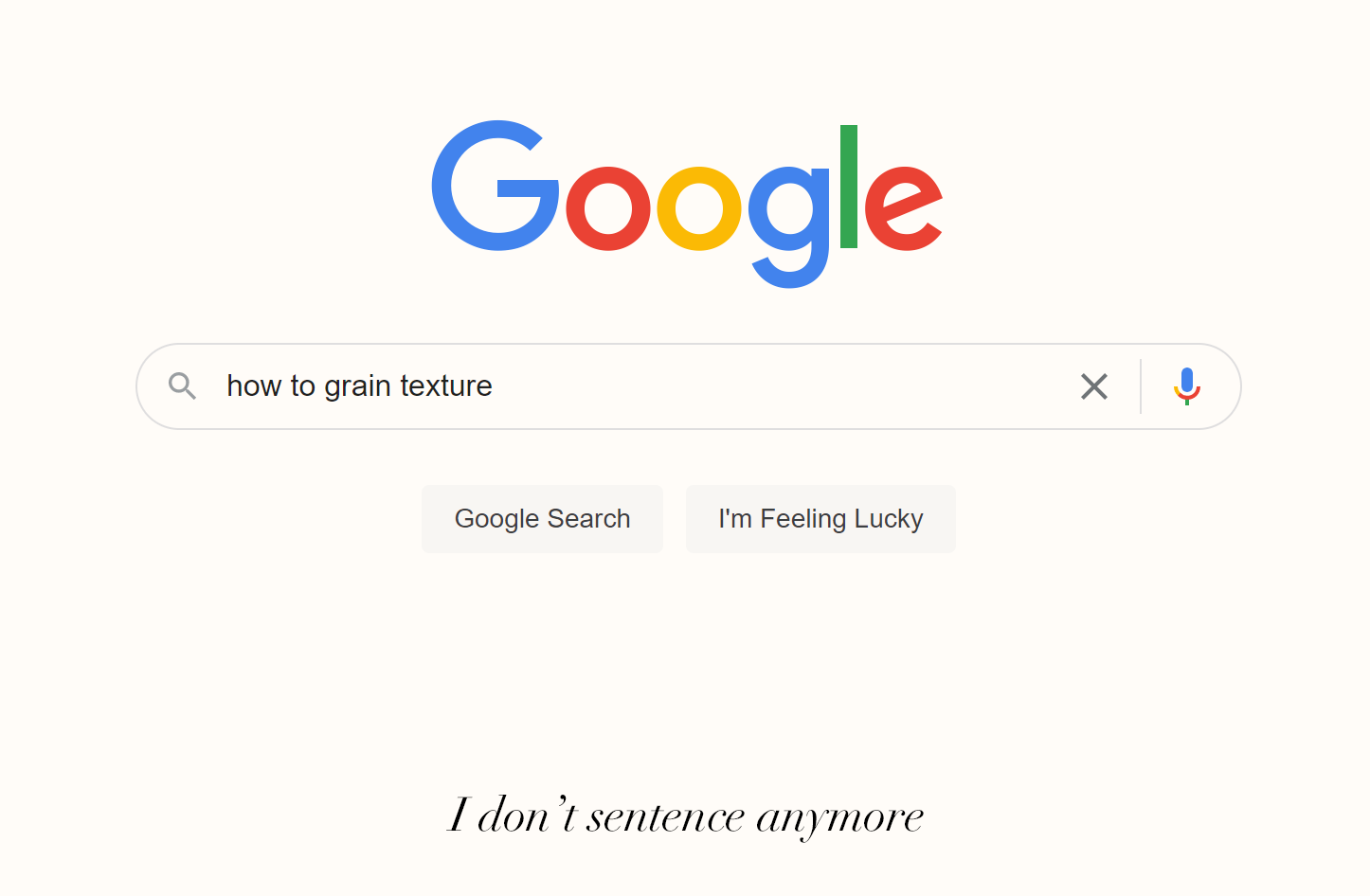Every artist today wants to find their own creative vision. Every artist today also has access to a tutorial or class to learn any creative technique imaginable. The trouble starts when we think following tutorials is the path to having our own creative vision.
It isn’t.
It can’t be.
Following tutorials means doing what others have already done. Finding our own creative vision is following our own trials and errors and developing a sense of what, from our experiments, we ought to keep.
Here are some things worth experimenting with.
Taking Randomness Seriously
There are two prongs to any experience—conscious effort and chance. We usually seek out tutorials when we don’t want to figure something out from scratch. We want to take as much of the chance element out of the thing we’re doing as possible. I don’t want to figure out how to rig a character by fiddling around in After Effects all day, I want to watch a two minute tutorial on Youtube that will tell me exactly how to do it.
When we follow chance, we deliberately shift our attention from what we consciously produce to what appears to us accidentally. When Francis Bacon made his paintings, he deliberately minimized technique and watched which directions the paint he slapped down pushed him in¹. John Cage went a step further, using the I Ching for entire compositions:
“The basic principle is to remove one’s own intention from the work and hand that over to the oracle. Intention is always to some extent circumscribed by one’s own tastes and personality, whereas non-intention moves beyond like and dislike and becomes something more resembling an act of nature.”²

We tend to overvalue what we achieve through conscious effort and dismiss what appears to us through chance as mere flukes. But flukes are useful. They are like aliens that visit from time to time, hinting of other worlds that our thinking mind cannot consciously map out. Saving time and effort by using tutorials is a necessary thing. But taking randomness seriously means we are also watching for these little accidents which are portals for us into doing something uncontrived, something original, even.
Playing with Time
I’m often asked by my mentorship STUDENTS how long they should spend on personal projects. If the project takes too long, they run out of steam and never finish. If they try to do a project too quickly, they fall back on methods they’ve always relied on before and don’t learn new things.
There’s no right timeline for personal projects, but the better attitude might be to deliberately screw with your own timelines. If you usually take three days to do an illustration, try taking three hours. Or three weeks. It’s not that by doing this you’ll find some optimal timeline for your projects. There’s nothing to optimize here.
You’re just taking notes on what feels different when you create something in three hours versus three weeks (versus three years). You’re just keeping yourself curious about the way you work. Stay unassuming.
Projects have their own rhythm and it’s up to you to follow them. Staying elastic with your timelines means staying open to where a project might take you, sometimes going quickly and sometimes slowly, never letting your own hang ups around needing to feel productive steer the way.
Don’t Use Tutorials
There’s incredible pressure on creatives to tutorial our way to competency with various software packages. We learn that the right way to achieve an effect is to ask Google. Experimenting for ourselves is a waste of time and no one has any time left for detours.

Using tutorials whenever we don’t know how to do a thing just trains us to get better and better at learning to follow tutorials. It does not make the work stronger. We have more knowledge but the intent behind our work is muddied and softened because we rely too much on others and too little on ourselves.
It’s good, sometimes, when you have your own work and you’re on your own time, to get into a project and figure out how to do it on your own. No references, no tutorials—do it inefficiently, badly, wrong-ly. The results won’t be slick but it will have a rhythm all its own.
Then, listen.
1. Bacon, F., Dawson, B. & Sisley, L. (2010). Francis Bacon: A Terrible Beauty. Steidl.
2. V, R. (2016). “John Cage: Chance Operations”. Seattle Artist League.
